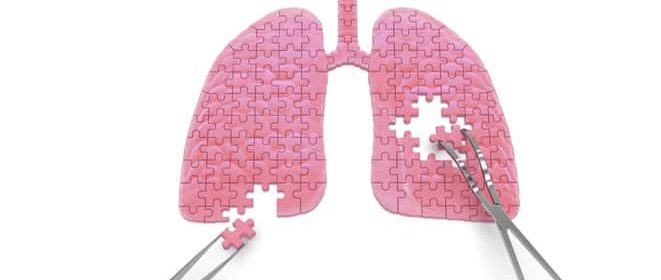For a study, chronic obstructive pulmonary disease (COPD) continued to be a substantial healthcare burden, with 15.4 million office visits and a $49.9 billion annual cost in 2009. COPD was the third leading cause of mortality in the United States and throughout the world, and it also affected patients’ functional status and quality of life. One of the various COPD phenotypes was emphysema, which was defined by aberrant, permanent damage and expansion of the airways distal to the terminal bronchioles. The loss of elastic recoil and a diminution in the lung’s gas exchange surface area arose from the degradation of malleable connective tissue. Airway collapse during early expiration, air trapping, and dynamic hyperinflation resulted from greater compliance caused by inefficient recoil. Since typical medical treatments for emphysema were only marginally effective, new treatments such as lung volume reduction surgery and endoscopic methods to lung-volume reduction piqued attention. Patients with advanced emphysema who were eligible for surgical methods such as lung volume reduction or lung transplantation may be considered. Surgical methods, while often regarded as the gold standard, were riddled with potential concerns such as expense, morbidity, mortality, limited resources, and prejudices against intrusive operations, to name a few. Because of the limits of current treatments, individuals with severe emphysema benefitted from alternative, new therapies such as less invasive bronchoscopic procedures for lung volume reduction.
Researchers in this study discussed the physiology of lung volume reduction, as well as the experience with existing endoscopic lung volume reduction techniques and patient selection criteria.
Reference:journals.lww.com/clinpulm/Abstract/2016/07000/Endoscopic_Treatment_of_Emphysema.4.aspx


